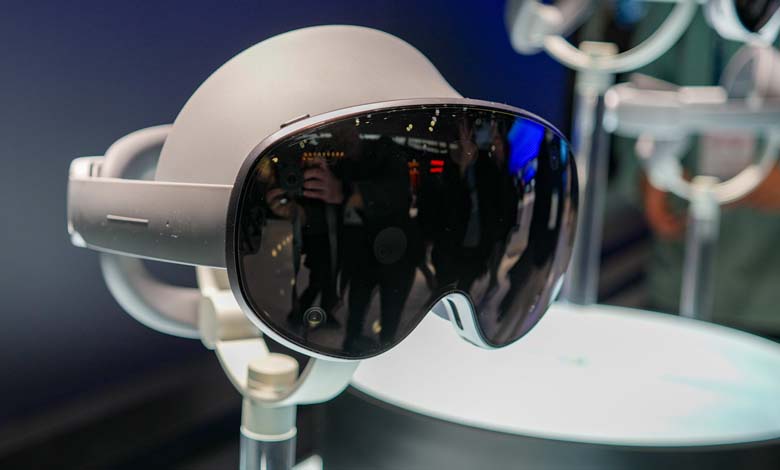Google and Samsung Are Working on Android XR Smart Glasses: A Glimpse Into the Future of Mixed Reality

The tech world is getting ready for a major leap forward. Google and Samsung have announced their collaboration to create smart extended reality (XR) glasses running on a brand-new operating system: Android XR. This innovation promises to blend augmented reality, virtual reality, and artificial intelligence, changing how we interact with the digital world.
-
Samsung’s Latest 200MP Image Sensor Features Smallest Pixels Yet
-
The New Generation of Smart Locks Will Turn Your Phone into a “House Key”
Set for release in 2026, this ambitious project aims to deliver a new level of immersive experience by combining Google’s AI expertise with Samsung’s hardware innovation. In the meantime, the two giants are also preparing a standalone XR headset named Project Moohan, expected by late 2025.
Unlike many secretive tech projects, this partnership is already well-structured. Android XR is an operating system developed by Google in collaboration with Samsung and Qualcomm. It’s designed specifically for XR devices — from smart glasses to full immersive headsets.
-
Technological Products That Will Disappear by 2025
-
Artificial Intelligence on iPhones Will Not Be Free
So, what makes Android XR glasses so special? They’ll come equipped with Google’s Gemini voice assistant, offering real-time translation, image recognition, and the ability to interact with other Android devices. Imagine traveling abroad and instantly understanding spoken language, or seeing helpful information overlaid on whatever you’re looking at. That’s the kind of future these glasses could make possible.
Meanwhile, the Project Moohan headset will support multitasking with floating windows, VR video experiences, and app interaction as if you’re using a screen in front of your eyes.
Competing with Apple’s Vision Pro and Meta’s Quest, Google and Samsung are betting on a more open, AI-powered approach. They want developers to have room to innovate and users to enjoy a smooth, intuitive interface.
Of course, we’ll have to see how it all plays out. But this strategic alliance could mark a major turning point in how we use technology every day — for work, fun, learning, or communication.
The future looks exciting. And this time, it might be sitting right on your nose.












